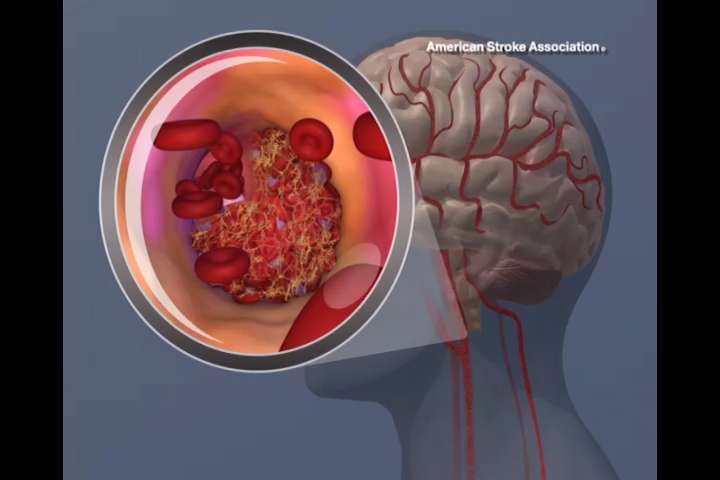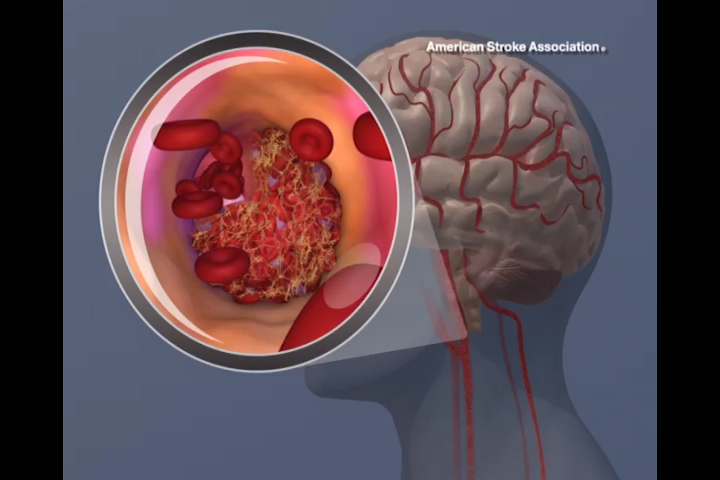
A new American Heart Association scientific statement highlights the need for more data and research about sex differences in the use and response to mechanical clot removal for acute ischemic stroke and suggests a clear differentiation between sex and gender in future research.
The new scientific statement, “Toward a Better Understanding of Sex- and Gender-Related Differences in Endovascular Stroke Treatment,” is published today (June 13) in Stroke.
The most common type of stroke is an ischemic stroke and is caused by a blood clot in a blood vessel that blocks the flow of blood to the brain. Treatment usually involves clot-busting medications to dissolve the clot. For severe stroke within a large blood vessel, the treatment also may include a procedure to remove the clot—called mechanical thrombectomy or endovascular therapy—in which a tiny tube, or catheter, equipped with a special device on the end, is threaded through the blood vessel to grasp the clot and remove it. Endovascular therapy (EVT, mechanical clot removal) and clot-busting medications are now a standard treatment for select patients with severe stroke. In 2019, the American Heart Association stroke treatment guidelines were updated to recommend mechanical clot removal for select stroke patients to improve the likelihood of functional recovery.
Since EVT was only recently established as standard of care for ischemic stroke, there is limited data about the physiological differences in treatment and outcomes between men and women. The statement provides a list of suggestions to assess sex- and gender-related differences in EVT research, and a guide for clinicians to improve care for people who have undergone EVT by addressing sex- and gender-specific factors.
The statement clarifies that sex refers to biological factors, is categorized as male or female, and is static (does not change over a person’s lifetime); gender is defined in terms of individual social roles, behaviors and expressions. Gender identity differs from sex in that it is neither binary nor static; it exists along a continuum and may change over time, and due to limitations of data available, the statement addresses only binary gender. The statement refers mostly to sex differences on the basis of the data that were captured in most EVT studies, and the use of male and female or men and women refers to sex, with the acknowledgement, however, that some of the addressed sex differences may truly be related to gender rather than sex.
Currently, the majority of acute stroke research uses the terms sex and gender interchangeably. The statement suggests that studies examining biological and hormonal factors related to stroke should consider analysis by sex, while research assessing the impact of stroke on quality of life and other social factors may find analysis by gender to be more relevant.
There is currently a large overlap between sex and gender in this population. However, while the number of trans-gender individuals in the U.S. is estimated to be rather low (0.3–0.8%), self-identified gender diversity in people with stroke is expected to increase in the future. Age at EVT treatment also varies. While stroke incidence increases with age, women tend to be 4–5 years older than men when a stroke occurs (average age at first stroke is about 68 years in men and 72 years in women) , which is linked to poorer outcomes.
Source: Read Full Article
